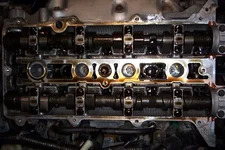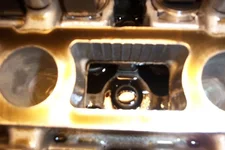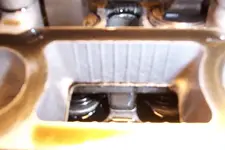bontrager_steel
Member
- :
- 2002 P5
So - I bought a used P5 w/ 100k last summer. it smoked a little on start up, but not bad. Figured I would do valve seals later.
About 2 months ago, it started consuming a lot of oil, and the smoking was becoming more regular.
I pulled the head and took it to a shop - they said that the valve seals were fine (but I had them put in new anyway). There are 2 head / block alignment pins. Someone had been in here as one of the aligment pins had cocked and deformed a little bit. So - I replaced them, new head bolts, timing belt, water pump - thought I had found the problem.
Now when the car is worse than when I started. Smokes bad on start-up (but only when cold. And by cold, I mean has sat for 8-10 hours. Also, I have 2 error codes (which are new) for random misfire and MAP sensor.
since it's only when cold, I am wondering if this has always been a cold start issue of some sort? Compression is good, all plugs appears to be firing.
Any help is appreciated.....
About 2 months ago, it started consuming a lot of oil, and the smoking was becoming more regular.
I pulled the head and took it to a shop - they said that the valve seals were fine (but I had them put in new anyway). There are 2 head / block alignment pins. Someone had been in here as one of the aligment pins had cocked and deformed a little bit. So - I replaced them, new head bolts, timing belt, water pump - thought I had found the problem.
Now when the car is worse than when I started. Smokes bad on start-up (but only when cold. And by cold, I mean has sat for 8-10 hours. Also, I have 2 error codes (which are new) for random misfire and MAP sensor.
since it's only when cold, I am wondering if this has always been a cold start issue of some sort? Compression is good, all plugs appears to be firing.
Any help is appreciated.....




